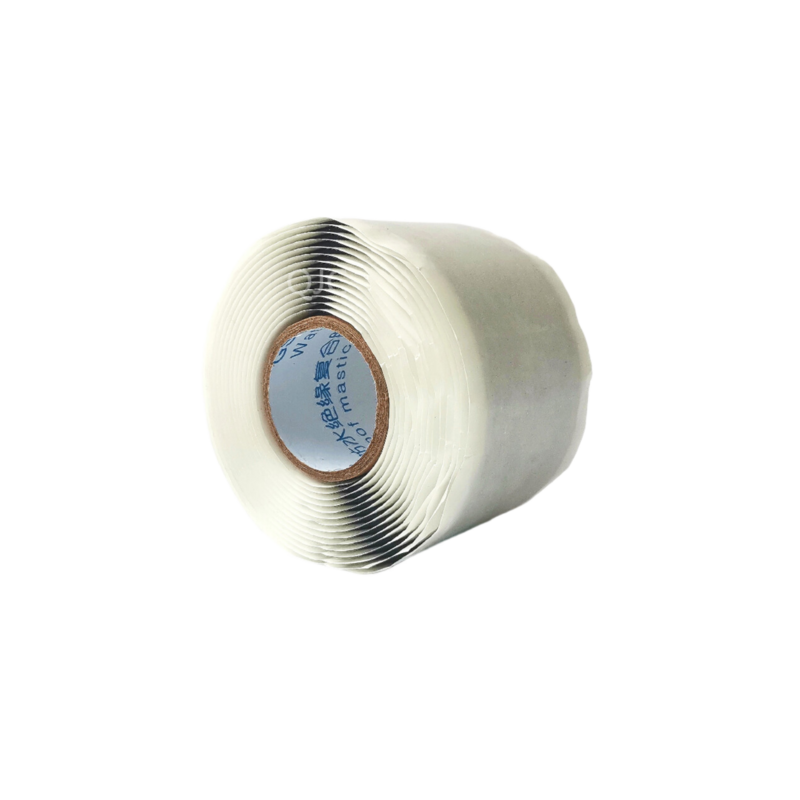The Versatility and Benefits of Self-Amalgamating Rubber
Self-amalgamating rubber, often referred to as self-fusing or self-bonding rubber, is a remarkable material that has gained popularity across various industries due to its unique properties and applications. Initially developed for electrical insulation, its versatility has led to its use in numerous fields, including automotive, aerospace, and construction. This article delves into the characteristics, benefits, and applications of self-amalgamating rubber.
What is Self-Amalgamating Rubber?
Self-amalgamating rubber is a type of elastomer that can bond to itself without the need for adhesives or heat. Composed primarily of silicone or EPDM (ethylene propylene diene monomer), this rubber can fuse together when wrapped around a substrate, creating a watertight and airtight seal. Its ability to amalgamate offers a seamless and robust solution for various sealing and insulating applications.
Key Characteristics
1. Water and Weather Resistance Self-amalgamating rubber excels in environments exposed to moisture and harsh weather conditions. Its non-porous nature provides an effective barrier against water ingress, making it ideal for outdoor and underwater applications.
2. Electrical Insulation The rubber's dielectric properties ensure it provides excellent electrical insulation. This characteristic is particularly beneficial in electrical installations, where it is used to insulate wires and connectors, preventing short circuits and failures.
3. High Flexibility This material remains durable and flexible over a wide temperature range, allowing it to maintain its performance even in extreme conditions, including very low or high temperatures.
4. Ease of Use One of the standout features of self-amalgamating rubber is its ease of application. It can be applied quickly and efficiently, as it doesn’t require any specialized tools or skills. Simply stretch the rubber while wrapping it around the desired surface, and it will bond upon contact.
5. UV Resistance Many self-amalgamating rubbers are designed to withstand UV exposure, making them suitable for outdoor applications where sunlight could degrade other materials.
Benefits
self amalgamating rubber

The numerous benefits of self-amalgamating rubber make it a go-to material in various situations
- Time-Saving Its quick and straightforward application process reduces labor time and costs during installation or repair projects. - Quality and Longevity The seamless bond formed by self-amalgamating rubber enhances durability and reliability, leading to longer-lasting seals and insulation. - Chemical Resistance Depending on the formulation, self-amalgamating rubber can resist various chemicals, making it suitable for industrial environments where exposure to corrosive substances is a risk.
Applications
Self-amalgamating rubber finds use in several sectors due to its advantageous properties. Key applications include
1. Electrical Insulation Used extensively in electrical and telecommunications industries for insulating and protecting wires, connectors, and joints.
2. Piping and Plumbing Ideal for sealing and protecting pipes and joints in plumbing systems, particularly in underground or high-moisture environments.
3. Automotive Industry Employed for insulating electrical components and protecting cables from wear and corrosion, enhancing the longevity and reliability of automotive wiring systems.
4. Aerospace Used in aircraft for protecting and insulating wires and connectors against the harsh environmental conditions encountered during flight.
5. Construction Utilized in building and construction for waterproofing and providing seals in various structural applications.
Conclusion
Self-amalgamating rubber is a versatile, durable, and user-friendly material that offers exceptional sealing and insulating capabilities. Its unique properties allow it to excel in diverse applications across multiple industries, making it an invaluable resource for engineers and technicians. As technology continues to evolve, the potential for new applications of self-amalgamating rubber will likely expand, solidifying its status as a go-to material in modern industry.
-
XIANGFAN Rubber Tape-Ultimate Solutions for All Your Insulation NeedsNewsJun.24,2025
-
XIANGFAN Rubber Tape-Protection for Industrial and Residential ApplicationsNewsJun.24,2025
-
XIANGFAN Rubber Tape: Superior Safety and Sealing for Demanding EnvironmentsNewsJun.24,2025
-
XIANGFAN Rubber Tape: Reliable Solutions for Every Electrical ChallengeNewsJun.24,2025
-
XIANGFAN Electrical & Industrial Tape: Powering Reliability Across IndustriesNewsJun.24,2025
-
XIANGFAN Electrical & Industrial Tape: Excellence in Every ApplicationNewsJun.24,2025
